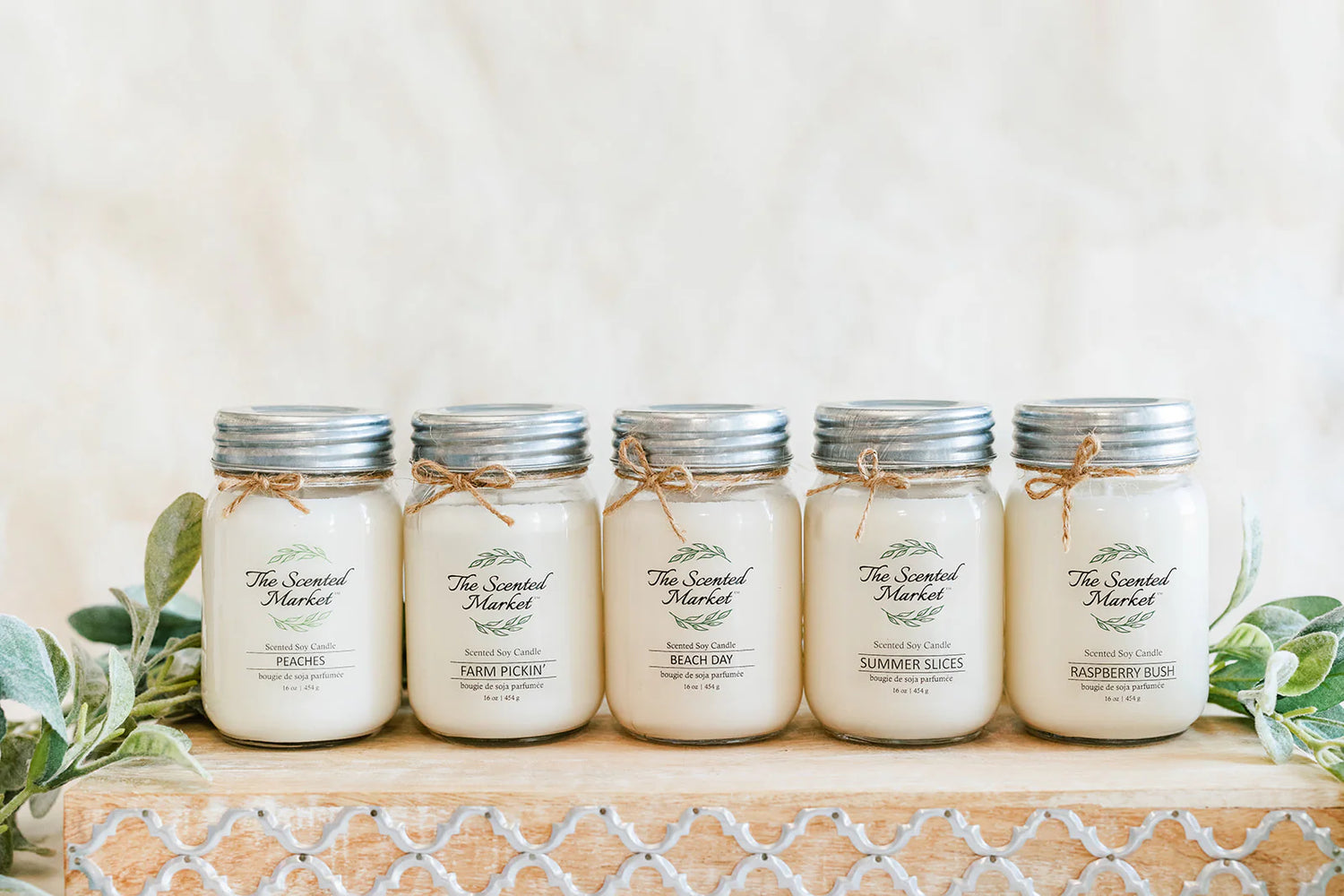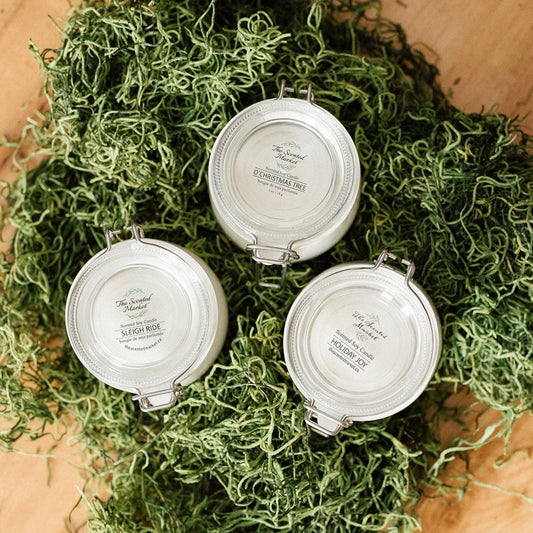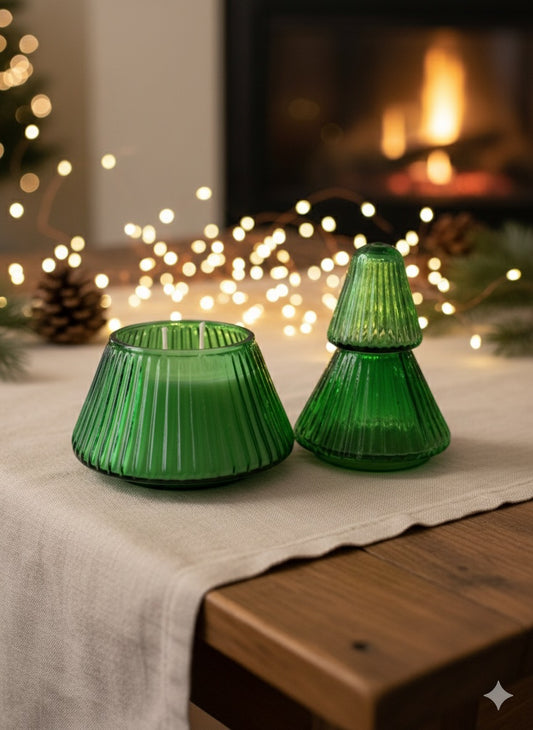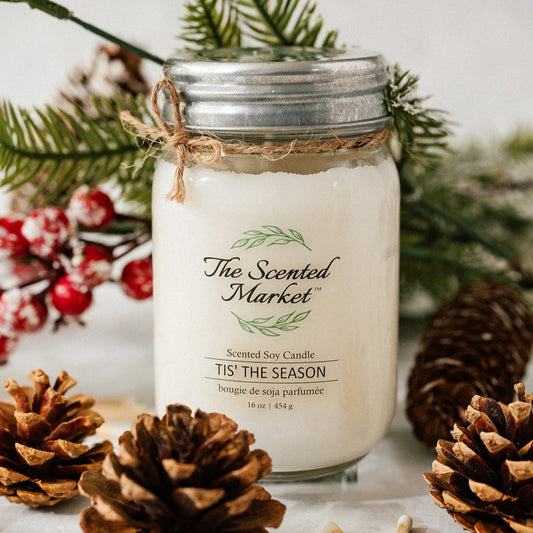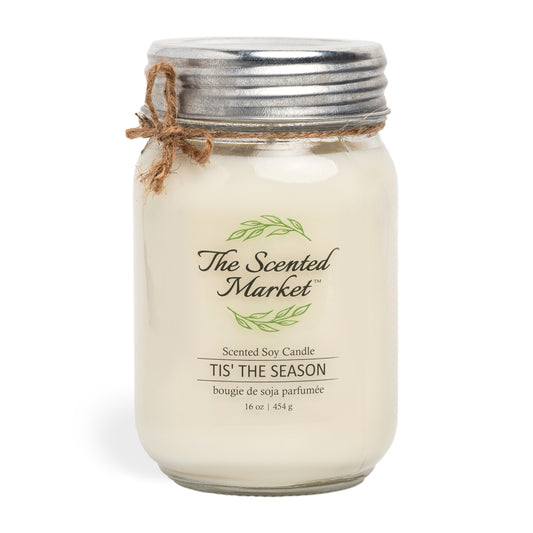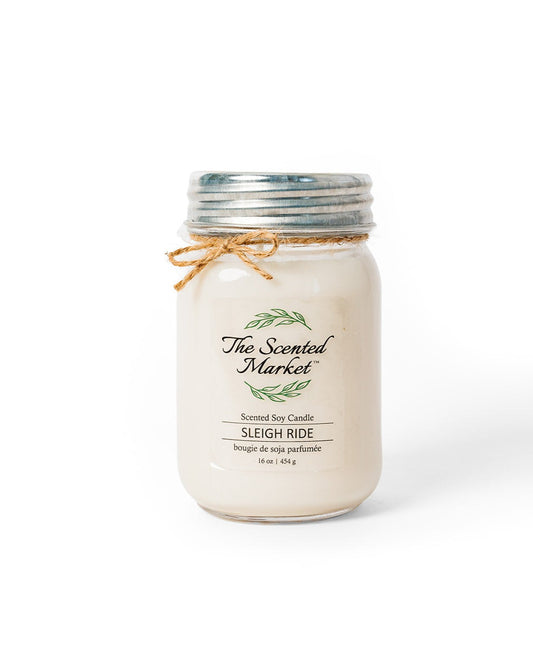
When Were Candles Invented? The History of Candles and the Rise of Soy Candles
Candles have been a staple in human culture for thousands of years, offering not only light but also creating a warm ambiance and soothing atmosphere. Whether used for illumination, ritual, or relaxation, candles have evolved greatly over time. In this blog, we will take a look at the history of candles, from their earliest forms to the rise of soy candles, and why they have become so popular today.
The Invention of Candles: A Journey Through Time
Ancient Beginnings
The first known candles date back to around 3000 BC in Egypt. These early candles weren’t made from wax, but rather from reed wicks soaked in animal fat or tallow. The Egyptians used these rudimentary candles for light, but they also had symbolic and religious significance. Candles in ancient Egypt were often used in ceremonies to honor the gods and guide souls into the afterlife.
The Roman Era
The Romans are often credited with developing the first true candles made of tallow (rendered animal fat) and a wick. The Roman Empire improved upon earlier designs by creating molds to shape the candles, making production easier and more consistent. These tallow candles were used for both illumination and religious rituals.
Medieval Europe
Candles became more common in medieval Europe, where they were crafted from tallow or beeswax. Beeswax candles were far superior to tallow as they produced less smoke and had a more pleasant scent. However, beeswax was expensive and largely reserved for churches and the wealthy. The use of candles continued to evolve as they became a central part of life in Europe during the Middle Ages, particularly for lighting homes and churches.
The Industrial Revolution: Mass Production and the Rise of Paraffin
By the 19th century, the industrial revolution ushered in new innovations for candle making. In the 1850s, paraffin wax, a byproduct of crude oil, was discovered and quickly became the most popular material for making candles. Paraffin was odorless, burned cleanly, and was more affordable than beeswax or tallow. As a result, paraffin wax candles became widely accessible to the masses.
However, while paraffin wax was a breakthrough in terms of cost and efficiency, it wasn't the best for the environment or health. Paraffin candles release volatile organic compounds (VOCs) into the air when burned, which can contribute to indoor air pollution. This is where soy candles come into play.
The Rise of Soy Candles: A Greener Alternative
What Are Soy Candles?
Soy candles are made from soybean oil, which is processed into a wax that can be molded into candles. Soy wax is a natural, renewable resource, unlike paraffin wax, which is derived from petroleum. Soy wax burns cleaner, longer, and with less soot compared to paraffin candles. As an added bonus, soy candles are biodegradable, making them a much more eco-friendly option.
The Invention of Soy Candles
Soy candles first appeared in the 1990s after an American entrepreneur, Michael Richards, discovered a way to use soybeans to create a cleaner, more sustainable candle option. As consumers grew more conscious about the environmental and health impacts of their choices, soy candles quickly gained popularity.
Why Soy Candles Became So Popular
-
Eco-Friendly: Soy candles are made from a renewable, biodegradable resource (soybeans), which makes them a far better choice for those looking to reduce their environmental impact.
-
Clean Burning: Unlike paraffin candles, soy candles burn with little to no soot, which means less indoor air pollution and a cleaner environment for your home.
-
Longer Burn Time: Soy candles have a lower melting point than paraffin candles, meaning they burn slower and longer, offering more value for your money.
-
Healthier Alternative: Because they don’t emit the same harmful chemicals as paraffin wax, soy candles are a healthier option for individuals with allergies, asthma, or respiratory concerns.
-
Better Scent Throw: Soy wax holds fragrance oils better than paraffin, resulting in a stronger, longer-lasting scent when burning.
Soy Candles in the Modern Market
Today, soy candles are one of the most popular types of candles in the market. Many candle manufacturers have embraced soy wax as part of their commitment to sustainability, offering a range of scents and designs to suit every taste. Whether you're lighting a candle for a cozy night in or using it for a self-care ritual, soy candles provide a cleaner, healthier, and more eco-conscious alternative to traditional paraffin candles.
Conclusion: Candles Through the Ages
From their early beginnings in ancient Egypt to their modern-day eco-friendly counterparts, candles have come a long way. The invention of soy candles marked a significant shift in the candle industry, as consumers began to seek out healthier, cleaner, and more sustainable options. Today, soy candles continue to be a favorite among those who care about both the ambiance of their home and the planet.
If you're looking for a way to elevate your space while also making an eco-friendly choice, consider switching to soy candles. Not only will they fill your home with a beautiful fragrance, but you'll also be supporting a cleaner, greener future.
